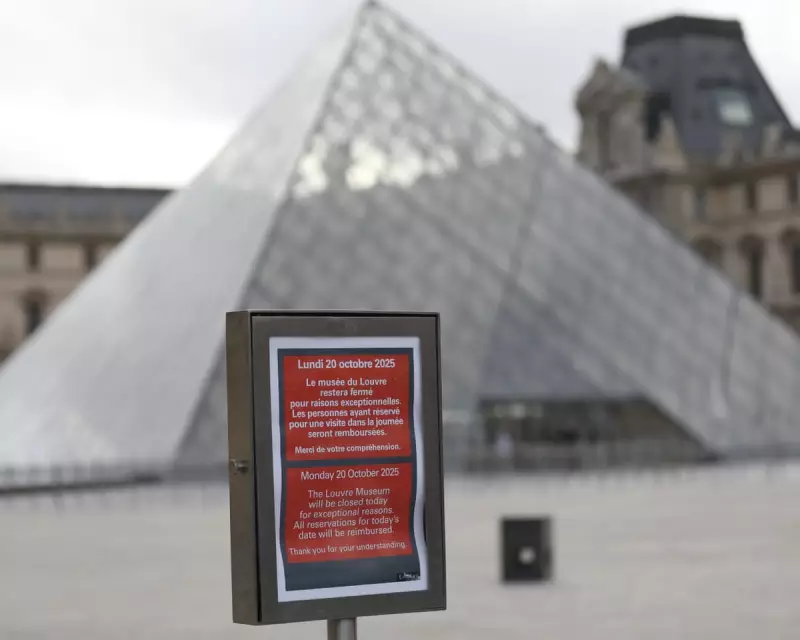
In what French authorities are calling one of the most perplexing art heists in recent memory, thieves managed to infiltrate the prestigious Louvre museum only to display what experts are labelling 'dreadful taste' in their selection of stolen works.
The Great Louvre Robbery
Under the cover of darkness, sophisticated criminals bypassed state-of-the-art security systems to access the museum's hallowed halls. Yet instead of targeting the multi-million pound masterpieces that draw millions of visitors annually, the thieves made some baffling choices that have left both investigators and art historians scratching their heads.
What They Stole - And What They Left Behind
The astonishing oversight: The robbers completely ignored Jean-Siméon Chardin's 'The Ray' and 'The Buffet' - considered crown jewels of 18th-century French painting with virtually incalculable value. Even more remarkably, they walked past several Leonardos that would have been the ultimate prize for any art thief.
Instead, the criminals focused their efforts on less celebrated works from the royal collection, selecting pieces that, while valuable, represent what one curator described as 'the artistic equivalent of choosing fast food over fine dining.'
Expert Reactions: Bafflement and Relief
Art security specialists and curators have expressed both bewilderment and cautious relief at the thieves' peculiar selection criteria. 'It's like someone breaking into Fort Knox and taking the copper wiring while leaving the gold bars,' remarked one anonymous art crime expert.
The Louvre's director of security noted that while the museum takes any theft extremely seriously, the outcome could have been 'catastrophically worse' given what was available to the perpetrators.
The Investigation Continues
French police are pursuing multiple lines of inquiry, including the possibility that the thieves either:
- Lacked sophisticated knowledge of art valuation
- Were working with a specific shopping list from an eccentric collector
- Intentionally avoided high-profile works that would be impossible to sell
Broader Implications for Museum Security
This unusual case has prompted museums worldwide to reconsider their security protocols. The successful breach of one of the world's most secure institutions raises troubling questions about protection against determined intruders, even when their artistic judgement appears questionable.
As the international art world holds its breath waiting for developments, one thing remains clear: this heist will be remembered not just for what was taken, but for the multi-million pound treasures that were inexplicably left behind.





